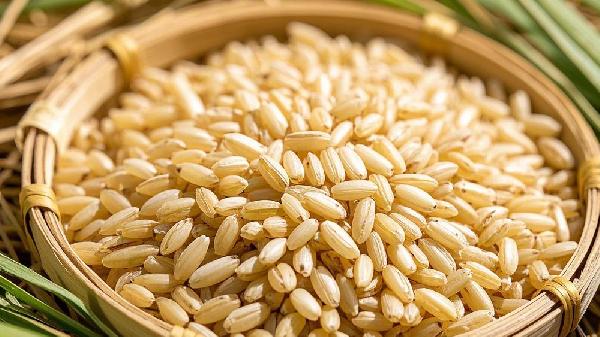Let’s settle the great kitchen debate once and for all—what’s the real difference between stock and broth? If you’ve ever stared at a recipe wondering whether to grab stock or broth from the grocery store (or whether it even matters), you’re not alone. The truth is, while they look similar, they’re not the same—and using the wrong one can totally change your dish.

What Is Stock?
Stock is the OG flavor booster, the liquid gold that chefs swear by. It’s made by simmering bones (beef, chicken, pork, or even fish) with water and a classic mirepoix (that’s fancy chef-speak for onions, carrots, and celery) for hours—sometimes even a full day. The slow simmer pulls out collagen from the bones, which gives stock its rich, slightly thick texture. Ever seen homemade stock turn into jelly in the fridge? That’s the collagen doing its thing.
Stock is usually left unseasoned or lightly seasoned because it’s meant to be a neutral base for sauces, soups, and stews. Overdo it on the salt or herbs, and you might throw off the balance of whatever you’re cooking.
What About Vegetable Stock?
No bones? No problem. Vegetable stock follows the same slow-simmer principle but swaps in hearty veggies—think mushrooms, leeks, garlic, and maybe even a splash of tomato paste for depth. Roasting the veggies first can add a killer caramelized flavor. Just like meat-based stock, you’ll want to keep the seasoning simple if you plan to use it in recipes later.
Bone Broth: The Trendy Cousin
Bone broth isn’t some new-age health fad—it’s basically stock’s more intense sibling. It’s made the same way (bones + water + time), but it simmers even longer—sometimes up to 48 hours—which makes it extra rich in collagen and nutrients. The result? A thicker, almost velvety liquid that’s sippable on its own. Yeah, some people drink it straight like coffee now. (Weird flex, but okay.)
Stock vs. Broth: The Showdown
Here’s the key difference: stock is all about the bones, while broth is all about the meat.
Broth is thinner, ready to sip, and often has added salt and spices. Stock is more neutral and gelatinous, making it perfect for building sauces or adding body to dishes.
And no, bouillon cubes don’t count—those are just dehydrated broth shortcuts.
When to Use Which
Pro Tip: Make Your Own
Store-bought versions work in a pinch, but homemade? Next-level. Save chicken carcasses, beef bones, or veggie scraps in the freezer, then toss them in a pot with water and aromatics. Let it bubble away while you binge your favorite show, and boom—liquid gold.
So next time a recipe calls for stock or broth, you’ll know exactly which one to grab. (Or sip. No judgment.)
Hungry for more? Check out our favorite Broth and Stock Recipes or learn How to Make Stock From Kitchen Scraps.
























